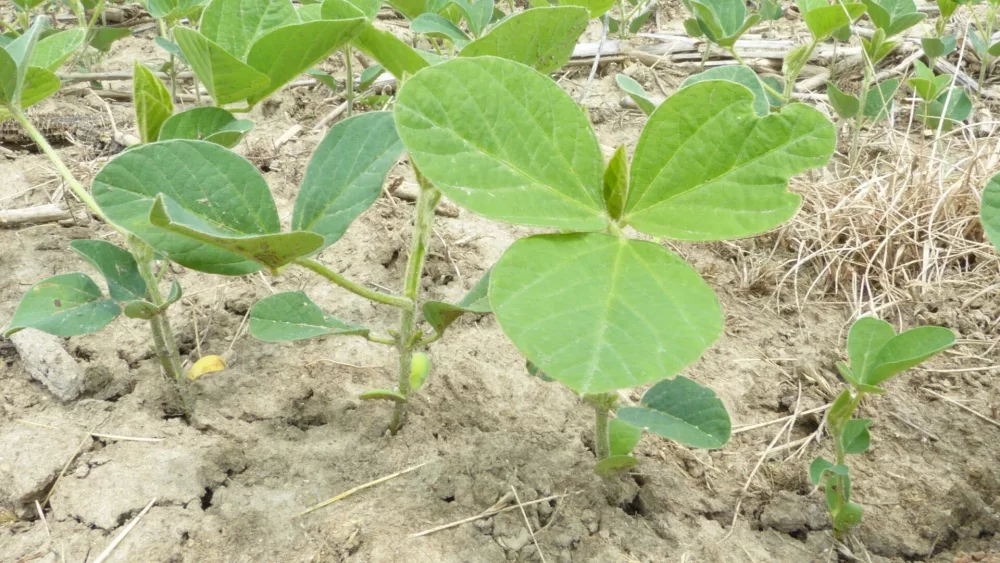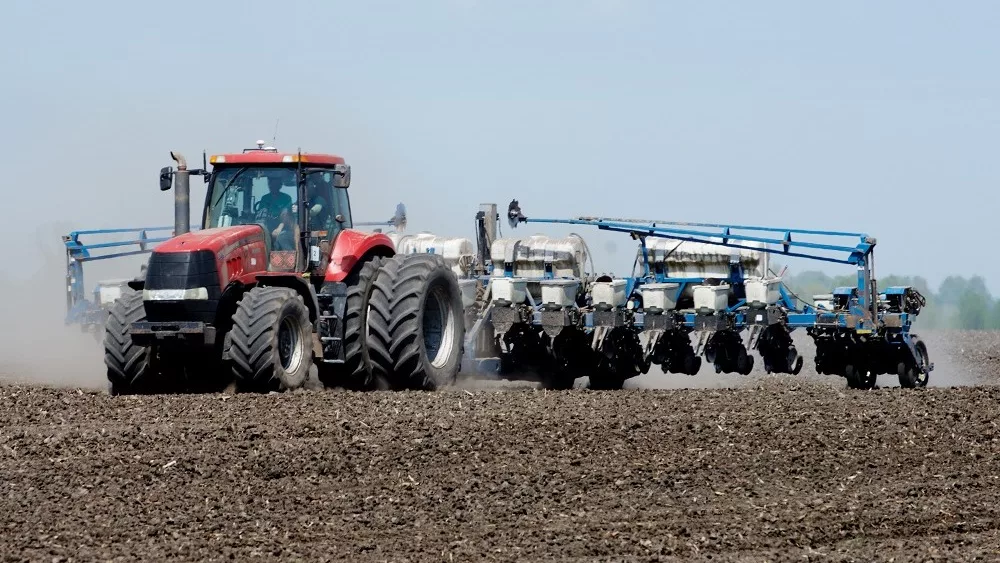
The national average gas price has topped five dollars per gallon, an all-time high, but is gas demand dropping because of prices and what might that mean for ethanol demand?
David Widmar is an economist with Agricultural Economic Insights. He says gas usage is slumping when looking over data going back to March.
“We are below pre-pandemic normal. So, when you look at 2015 to 2019 for that as a normal range, we’re running about 91 percent of those levels. And so, we’re going to start to have another conversation here around gasoline usage, gasoline consumption, and all the implications that will have on the broader U.S. economy but also the ag economy.”
The ag economy has some reliance on biofuels, so as gasoline demand drops, it’s not a good sign for renewable fuel blending.

“We have to start to wonder about that relationship between renewable fuel and energy, and so we have a slowdown in the broader economy through less driving, less economic activity, is going to start to convert into how many gallons of renewable fuel can we physically blend. Ethanol can be a competitive alternative, but we still have this blending problem, and it’s all going to be about the number of gallons of gasoline we consume in the economy and how much can we blend. And in general, a lower amount of gasoline uses less ethanol for a potential blend.”
The longer the high gas prices push demand lower, the more agriculture will be watching what it means for corn demand.
“The longer it persists, the more changes in human behavior we might expect, the more attractive it might be to buy a more fuel-efficient vehicle or, just maybe, even consider changing how your daily routines are, so those behaviors start to become more appealing, more desirable. And then, the last piece to me, I think, we have to struggle with for the next three to six months is how does this ultimately impact corn usage or maybe even soybean oil usage as we start thinking about an economy that might just be using less oil in light of the high prices?”
Widmar says the overall economy, as well as the agricultural economy, are at a tipping point.
“We’ve kind of gotten to this $5 worth, and if we start to see it back away from this, the economic impacts broadly in the U.S. economy but also maybe the impacts in total gasoline consumption and renewable energy consumed from ag products, will have an impact, but it might just be a bit of a passing impact. If these high energy prices stick around and persist, yes, I think we have to start with re-calibrating and re-adjusting our assumptions. But these disruptions can take time to work through, and that’s going to create more uncertainty. I think that’s the key here. It’s going to create more uncertainty for ag markets moving forward.”
Widmar’s website at Agricultural Economic Insights is aei.ag.




